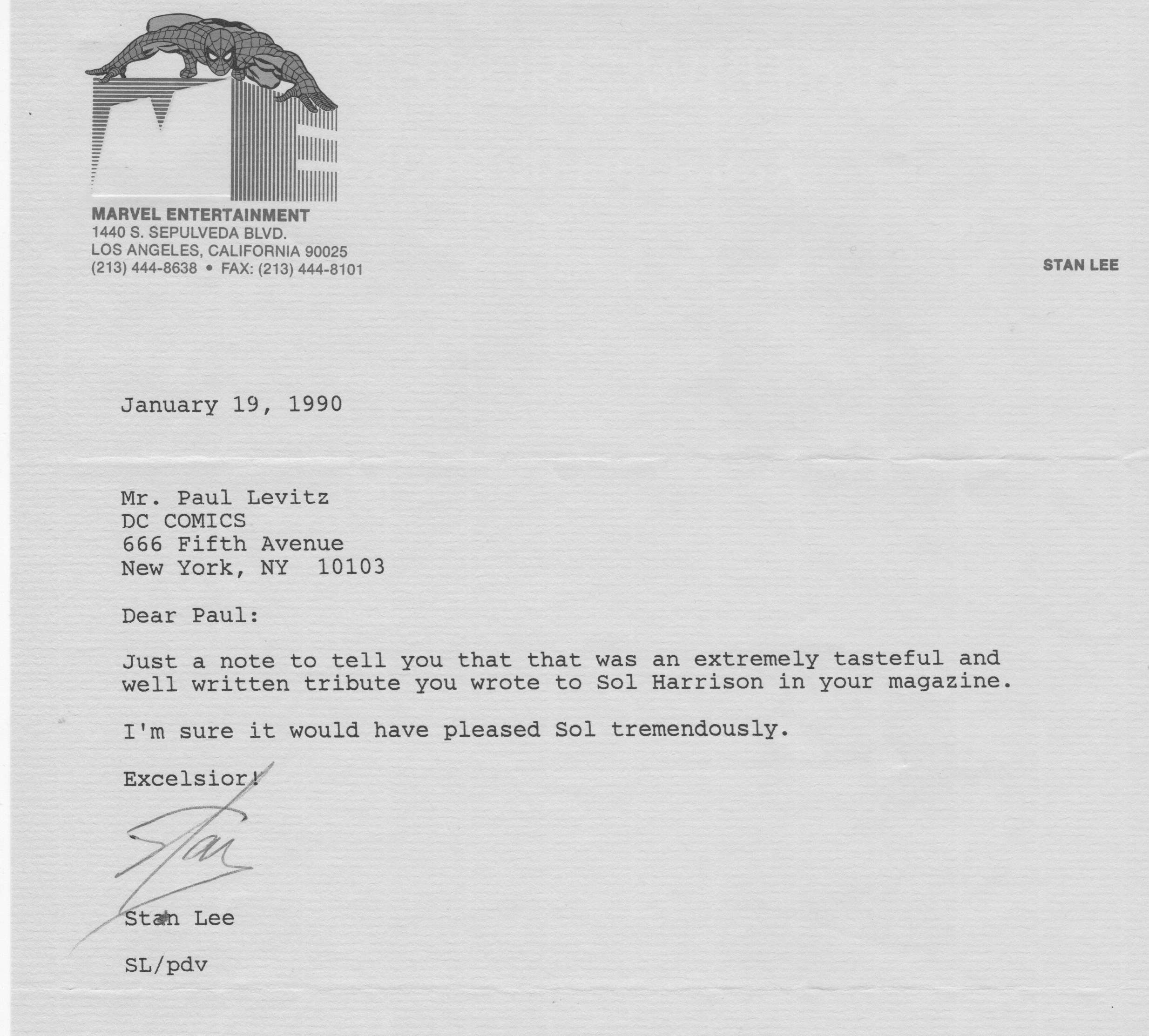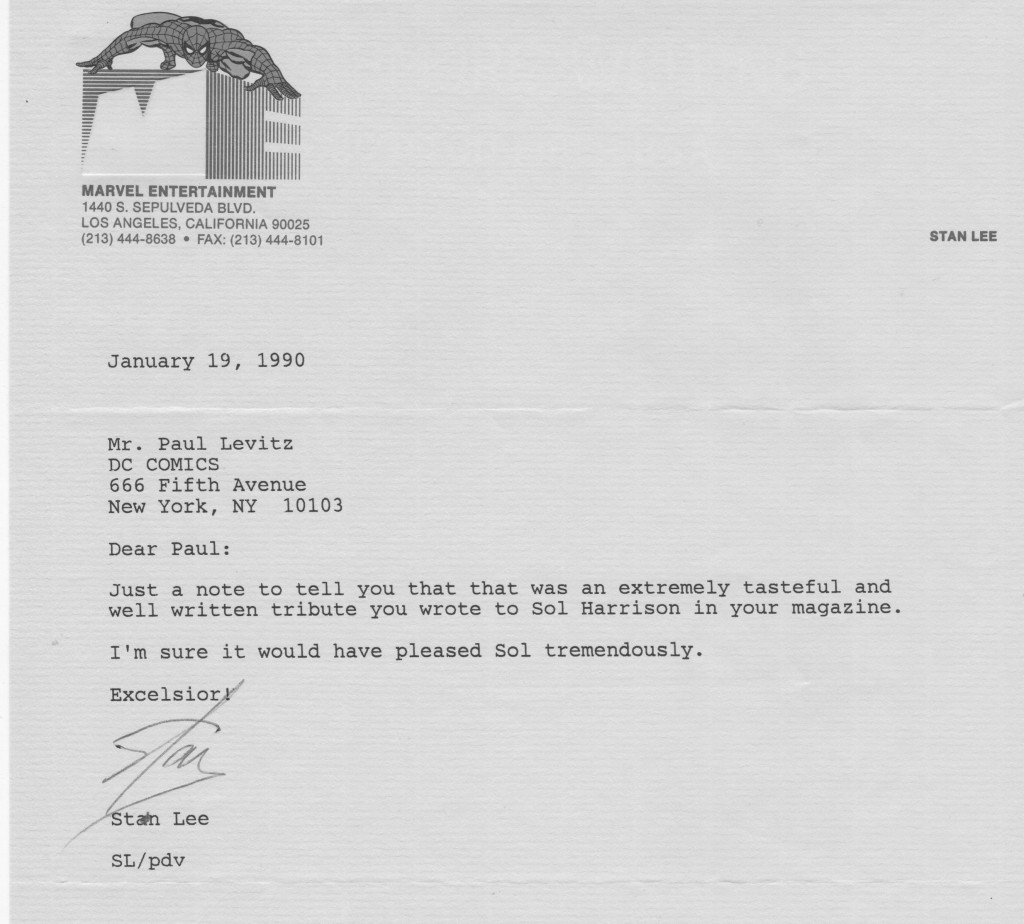When I was a neophyte assistant editor and aspiring writer, there weren’t a wealth of books on writing comics. There were a couple of decades-old pamphlets by the already prodigiously energetic Stan Lee and Bob Kanigher, some of the advice in which was probably as valid as the day they typed it on a noisy old manual typewriter. And there weren’t book editions of comics that incorporated the original scripts (I tend to use SANDMAN: DREAM COUNTRY in my writing courses because it has Neil’s script for “Calliope” along with the several short stories in the volume), or other easily accessed resources to learn from.
General practice was to toss scripts for finished stories in the trash at the office; they were industrial by-product, not even ultimate work product. Some writers kept carbons, a few made photocopies when they delivered the scripts (no Kinkos or local copy joints all over the place in those days, much less a home printer/copier/fax/scanner/dogwalker). But for the most part, while original cmic art was treated very casually (I apologize to all the artists whose work I proofread in blue non-reproducing marker before I learned better), comic book scripts were treated even worse.
Notwithstanding this, I saved a bunch of scripts from the trash for my own eduction. I’d pick out one each from the writers whose work I respected, or maybe a particularly interesting tale to study. I was limited to the scripts that passed through Joe Orlando’s editorial office–as his assistant I could take what I wanted of those, but it would have been de trop to raid Julie Schwartz’s garbage down the hall (assuming he hadn’t poured his yankee bean soup remains from lunch all over it, anyway). I learned what I could from them, then filed them away somewhere at home.
One that I was very glad I saved was a script that was one of the very last that Bill Finger delivered, I think for WEIRD WAR TALES. I don’t recall any specific lessons I learned from it, but about 30 years later I had the privilege of passing it on. Before several of the films based on DC characters I made a habit of having a dinner on the premiere night with some of the comics folks who had contributed to the underlying mythos. The evening of THE DARK KNIGHT premiere, I had the pleasure of reuniting three of Batman’s ancestral families: introducing Elizabeth Kane (Bob’s widow) to Jerry Robinson both to Athena Finger (Bill’s granddaughter). Before the dinner (maybe it was at lunch?) I presented Bill’s script to Athena, discovering that it was the only artifact of her grandfather she would possess.
There are days when being a pack rat feels really good.
[The other scripts I saved went to Columbia University’s Rare Book & Manuscript Library, along with copies of all of my own scripts. In normal times, they’re available to anyone who wants to look at them, though advance notice is a good idea as they’re probably off in some warehouse facility.]
Si busca una fuente de medicamentos de confianza y de alta calidad comprar viagra, no busque más. Ofrecemos excelentes precios con entrega garantizada en su domicilio. No podemos esperar a saber de usted.


